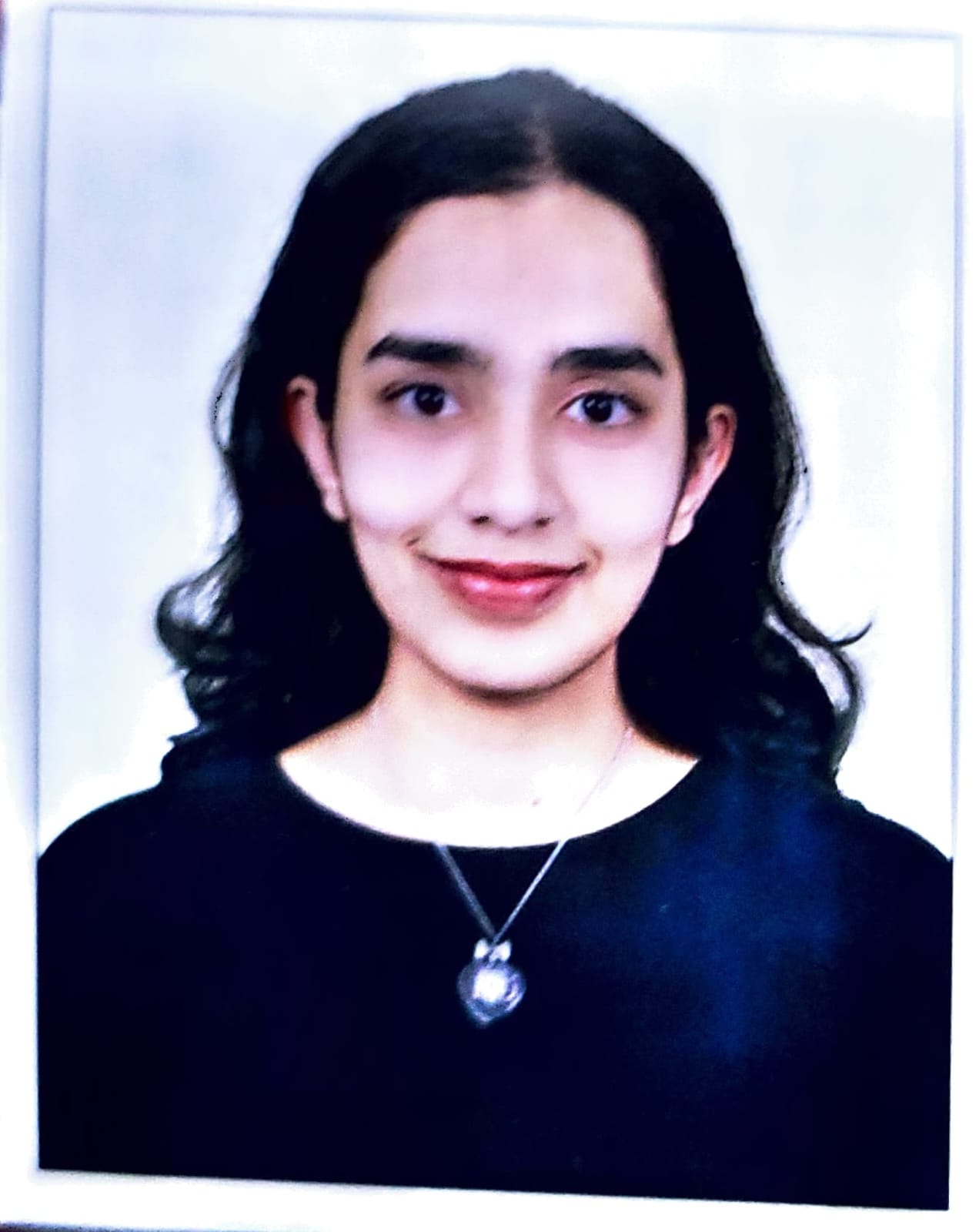What is Post Translational Modification
Post-translational modification (PTM) refers to the covalent modification of proteins after they have been synthesized on ribosomes during translation. These modifications can involve the addition of chemical groups, such as phosphate, acetyl, or methyl groups, or the attachment of small proteins or lipids to specific amino acid residues within the protein sequence. PTMs play crucial roles in regulating protein structure, function, localization, stability, and interactions with other molecules.
Some common types of post-translational modifications include:
-
Phosphorylation: Addition of phosphate groups to specific amino acid residues, such as serine, threonine, or tyrosine. Phosphorylation regulates enzyme activity, signal transduction pathways, protein-protein interactions, and cellular responses to external stimuli.
-
Glycosylation: Addition of carbohydrate molecules (glycans) to specific amino acid residues, typically asparagine (N-linked glycosylation) or serine/threonine (O-linked glycosylation). Glycosylation influences protein folding, stability, trafficking, recognition, and cell-cell interactions.
-
Acetylation: Addition of acetyl groups to the amino terminus or lysine residues of proteins. Acetylation regulates gene expression, chromatin structure, protein stability, DNA binding, and protein-protein interactions.
-
Ubiquitination: Attachment of ubiquitin molecules to lysine residues of target proteins. Ubiquitination marks proteins for degradation by the proteasome, regulates protein turnover, quality control, signaling pathways, and DNA repair processes.
-
Methylation: Addition of methyl groups to specific amino acid residues, such as lysine or arginine. Methylation modulates protein-protein interactions, gene expression, chromatin structure, enzymatic activity, and cellular signaling pathways.
-
Sumoylation: Attachment of small ubiquitin-like modifier (SUMO) proteins to lysine residues of target proteins. Sumoylation regulates protein localization, stability, transcriptional activity, DNA repair, cell cycle progression, and stress responses.
Other types of post-translational modifications include hydroxylation, glycation, lipidation, sulfation, nitrosylation, and proteolytic cleavage, among others. These modifications diversify the functional repertoire of proteins, enabling them to carry out a wide range of biological processes with precision and specificity. PTMs contribute to the complexity, regulation, and adaptability of cellular processes, and their dysregulation is associated with various human diseases, including cancer, neurodegenerative disorders, and metabolic disorders.








Tags
Qualification
Course
Department
Stream
Subject